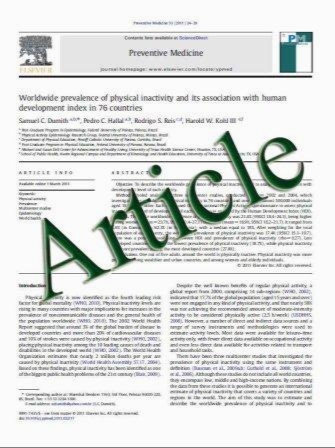Comparative risk of common peroneal nerve injury in far anteromedial portal drilling and transtibial drilling in anatomical double-bundle ACL reconstruction
- نوع فایل : کتاب
- زبان : انگلیسی
- مؤلف : M. Otani • M. Nozaki • M. Kobayashi • H. Goto • K. Tawada • Y. Waguri-Nagaya • H. Okamoto • H. Iguchi • N. Watanabe • T. Otsuka
- چاپ و سال / کشور: 2011
Description
Purpose The purpose of this study was to investigate the risk of common peroneal nerve injury in FM drilling as compared to transtibial drilling in anatomical doublebundle ACL reconstruction. Methods Ten cadaveric knees without ligament injury or significant arthritis were used for this study. Knees were secured at 90 and 120 of flexion. In transtibial drilling groups, a guide pin was drilled through either the anteromedial bundle (AMB) or posterolateral bundle (PLB) tibial insertion site to either the AMB or PLB femoral insertion site (tibial insertion site–femoral insertion site: AM–AM, PL–PL, PL-AM and AM–PL). In FM drilling groups (FMAM and FM-PL),the pin was drilled at the AMB or PLB femoral insertion site through the FM. We measured the shortest distance between the point at which the pin ran through the lateral cortex of the femur and the ipsilateral common peroneal nerve at a knee flexion of 90 and 120. Results At a knee flexion of 90, the shortest mean distance to the common peroneal nerve was 15.3 mm in the FM-PL group, 13.4 mm in the FM-AM group, 27.9 mm in the PL–PL group, 30.8 mm in the AM–AM group, 37.8 mm in the PL–AM group and 29.5 mm in the AM–PL group. At a knee of flexion 120, the mean distance was 17.3 mm in the FM-PL group, 18.1 mm in the FM-AM group, 32.2 mm in the PL–PL group, 36.6 mm in the AM– AM group, 38.0 mm in the PL–AM group and 35.2 mm in the AM–PL group. Significant differences were observed between 90 and 120 of knee flexion in the FM-AM, PL– PL, AM–AM and AM–PL groups (P\0.05).Significant differences were observed at flex 90 between the FM-AM group and AM–AM group, and between the FM-AM group and PL–AM group. Significant differences were observed at flex 120 between the FM-AM group and AM–AM group, between the FM-AM group and PL–AM group and between the FM-PL group and AM–PL group. Conclusion The distance to the peroneal nerve in FM drilling was significantly longer at 120 than at 90 of knee flexion. Therefore, the risk of peroneal injury using FM drilling should decrease at a higher angle of knee flexion.
Knee Surg Sports Traumatol Arthrosc DOI 10.1007/s00167-011-1632-8 Received: 18 December 2010 / Accepted: 18 July 2011


